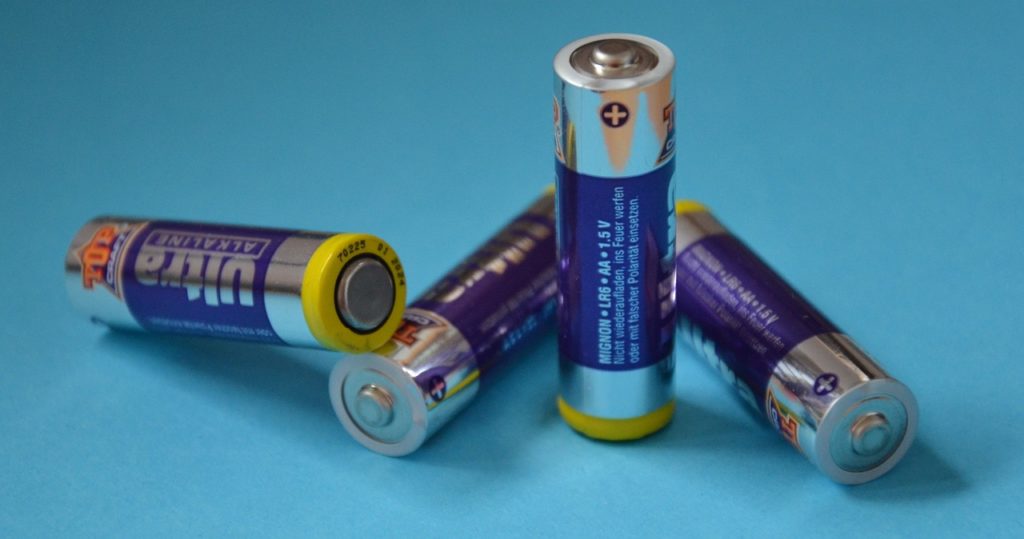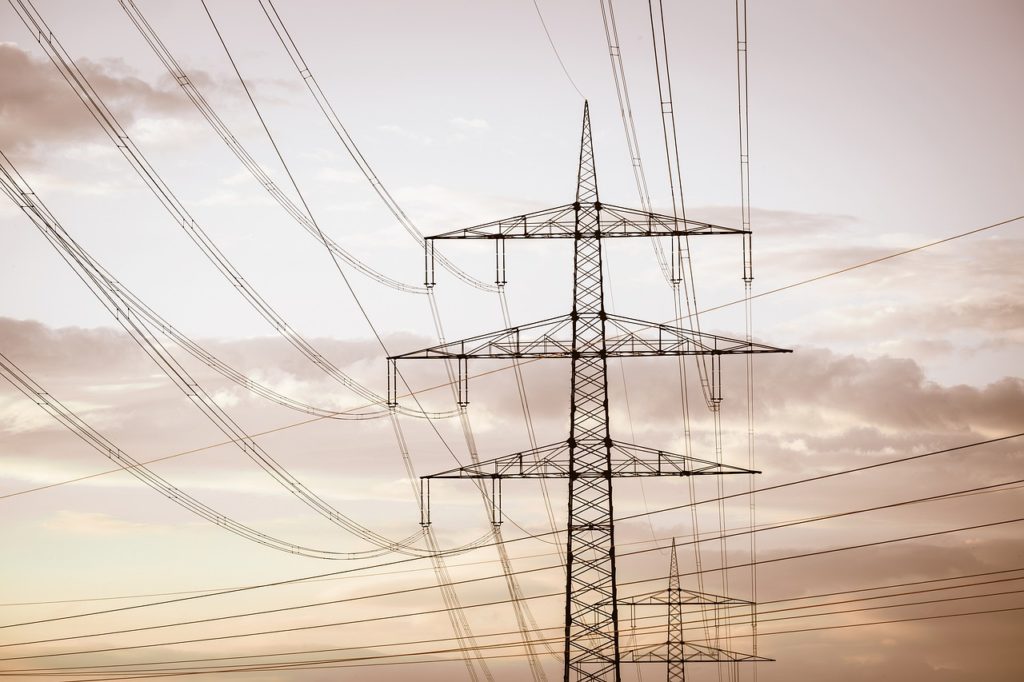
Introduction:
While Alternating Current (AC) dances to the rhythmic oscillation of electrons, Direct Current (DC) stands firm as a steady flow in one unchanging direction. DC, with its unwavering current, powers a myriad of electronic devices and portable systems that define our modern world. In this exploration, we’ll unravel the enigma of DC, examining its characteristics, generation methods, and the diverse applications where its stability takes center stage.
The Essence of Direct Current:
Unlike AC’s dynamic dance, Direct Current maintains a constant flow, akin to a river with a single, unswerving course. In a DC circuit, electrons move persistently from the negative to the positive terminal, creating a stable and unwavering current.
Key Characteristics of Direct Current:
1. Unidirectional Electron Flow:
- The most distinctive feature of DC is the unidirectional flow of electrons. Unlike AC, where electrons oscillate back and forth, DC maintains a steadfast course, always moving from the negative to the positive terminal.
2. Constant Voltage:
- DC voltage remains constant over time, providing a reliable and stable source of power. This characteristic is particularly advantageous for applications requiring a consistent voltage level.
3. Generation of DC:
- DC power is typically generated by devices such as batteries, fuel cells, and solar cells. These sources produce a direct flow of electrons, ensuring a continuous and uniform supply of electrical energy.
Applications of Direct Current:
1. Electronic Devices:
- DC powers the heart of our electronic devices, from smartphones and laptops to calculators and digital cameras. The stable voltage of DC is essential for the precise operation of integrated circuits and microprocessors.
2. Battery-Powered Systems:
- The portability of DC makes it ideal for battery-powered systems. Electric vehicles, laptops, and a myriad of portable gadgets rely on DC power stored in batteries for on-the-go functionality.
3. Small-Scale Electronics:
- LEDs, sensors, and other small-scale electronic components thrive on DC power. The simplicity and reliability of direct current make it a perfect match for powering these low-power devices.
4. Photovoltaic Systems:
- Solar cells, which convert sunlight into electricity, inherently produce DC power. This aligns seamlessly with the nature of many electronic devices and makes DC a foundational element in renewable energy applications.
Conclusion:
In the realm of electricity, Direct Current emerges as a steadfast and reliable force. Its unswerving electron flow powers our portable gadgets, drives electric vehicles, and provides a stable foundation for countless electronic systems. While AC may dominate the grand stage of power distribution, DC takes the spotlight in precision, portability, and the ever-expanding landscape of electronic innovation. As we navigate the intricacies of our electrified world, the constancy of DC remains a beacon, illuminating the path towards a future driven by stable and dependable electrical power.
More: AC vs DC Power


